258 CD / Johann Sebastian Bach: Sonatas for violin and harpsichord BWV 1014 – 1019
Description
Die 6 Sonaten für Violine und obligates Cembalo gehören zum Schönsten, was Bach für Kammermusik geschrieben hat. Sie stehen im Schatten der Solosonaten, bewegen sich aber auf gleich hohem Niveau, nur ohne deren Nimbus von „einsamen Felsen“. Die langsamen Sätze zeigen unterschiedlichste Stimmungen, von verzweifelt einsam bis strahlend fürstlich-festlich, während die schnellen Sätze eine Mischung aus übermütiger Spielmusik und kontrapunktischer Meisterschaft darstellen. Es gibt Kanons, Fugen, Choralvorspiele und vieles mehr, beinahe ein Kompendium der Möglichkeiten. Daniel Gaede und Raphael Alpermann führen uns virtuos wie einfühlsam durch dieses Wunderkabinett. Auch hier wieder: 2 CDs zum Preis von einer.
6 reviews for 258 CD / Johann Sebastian Bach: Sonatas for violin and harpsichord BWV 1014 – 1019
You must be logged in to post a review.
Further Information
Ähnliche Produkte
-
032003
- Sold out
- CD
015Einwilligung verwaltenUm Ihnen ein optimales Erlebnis zu bieten, verwenden wir Technologien wie Cookies, um Geräteinformationen zu speichern und/oder darauf zuzugreifen. Wenn Sie diesen Technologien zustimmen, können wir Daten wie das Surfverhalten oder eindeutige IDs auf dieser Website verarbeiten. Wenn Sie Ihre Einwillligung nicht erteilen oder zurückziehen, können bestimmte Merkmale und Funktionen beeinträchtigt werden.
Funktional Always active
Die technische Speicherung oder der Zugang ist unbedingt erforderlich für den rechtmäßigen Zweck, die Nutzung eines bestimmten Dienstes zu ermöglichen, der vom Teilnehmer oder Nutzer ausdrücklich gewünscht wird, oder für den alleinigen Zweck, die Übertragung einer Nachricht über ein elektronisches Kommunikationsnetz durchzuführen.Präferenzen
Die technische Speicherung oder der Zugriff ist für den rechtmäßigen Zweck der Speicherung von Präferenzen erforderlich, die nicht vom Abonnenten oder Benutzer angefordert wurden.Statistiken
Die technische Speicherung oder der Zugriff, der ausschließlich zu statistischen Zwecken erfolgt. Die technische Speicherung oder der Zugriff, der ausschließlich zu anonymen statistischen Zwecken verwendet wird. Ohne eine Vorladung, die freiwillige Zustimmung deines Internetdienstanbieters oder zusätzliche Aufzeichnungen von Dritten können die zu diesem Zweck gespeicherten oder abgerufenen Informationen allein in der Regel nicht dazu verwendet werden, dich zu identifizieren.Marketing
Die technische Speicherung oder der Zugriff ist erforderlich, um Nutzerprofile zu erstellen, um Werbung zu versenden oder um den Nutzer auf einer Website oder über mehrere Websites hinweg zu ähnlichen Marketingzwecken zu verfolgen.
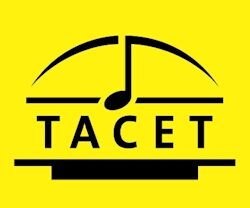
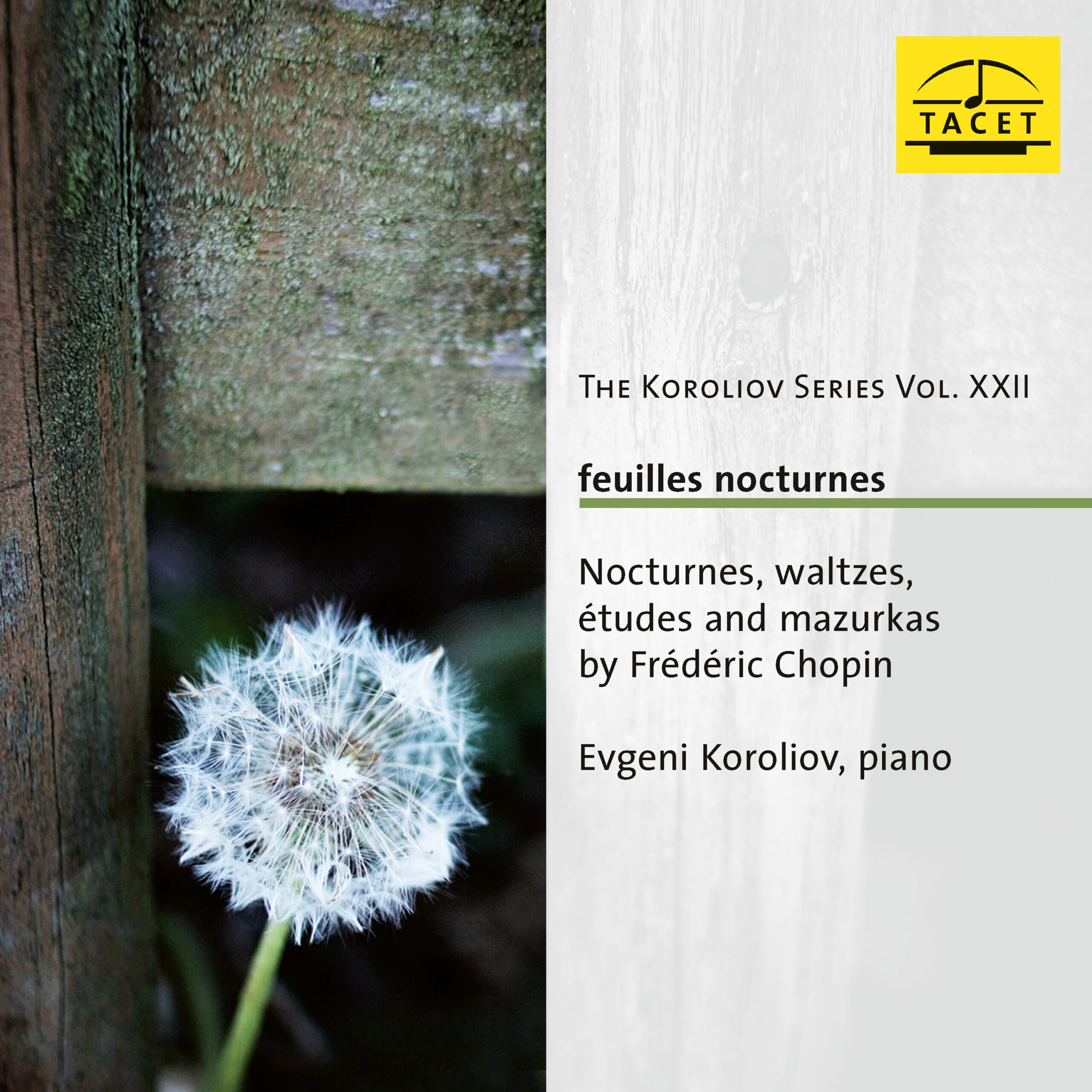
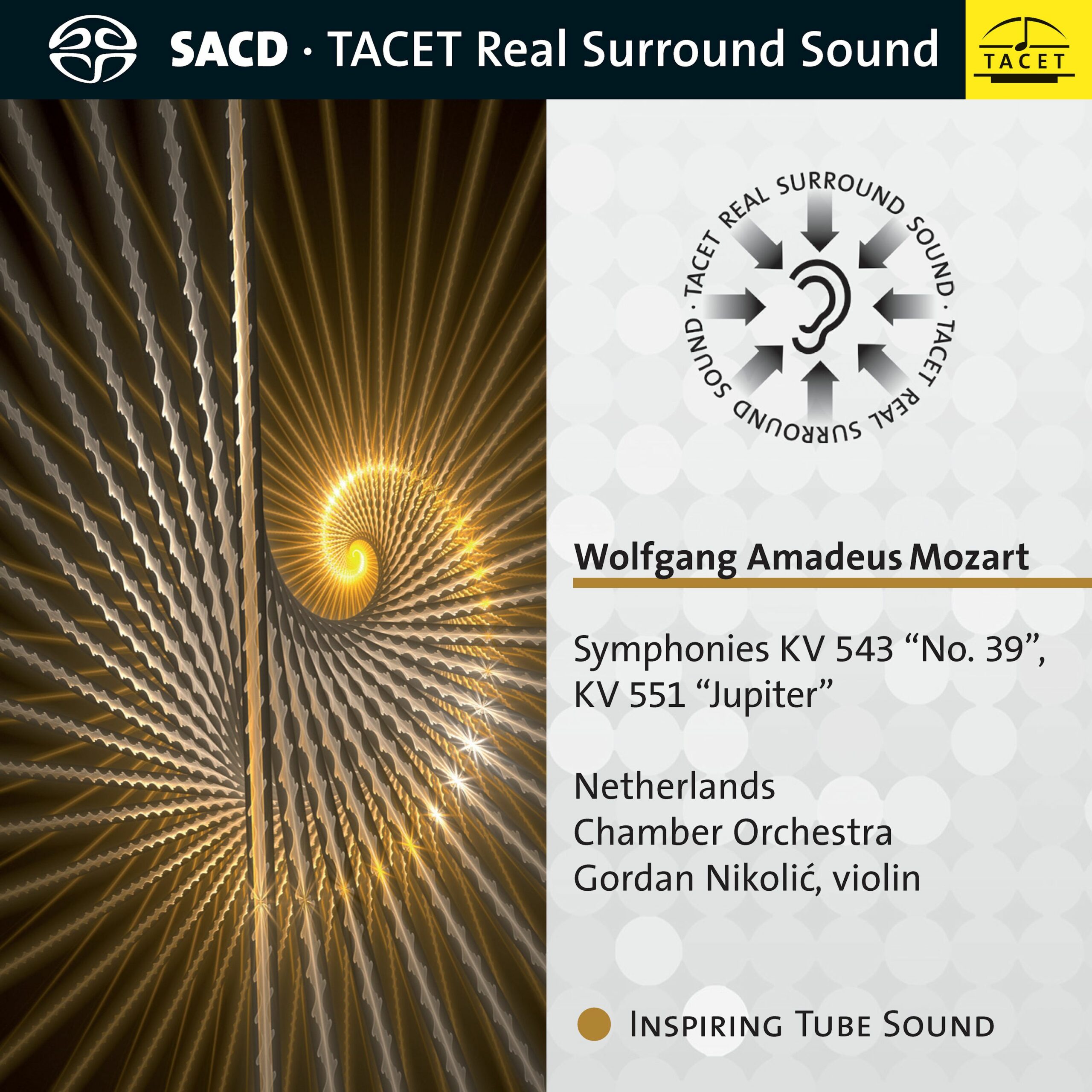
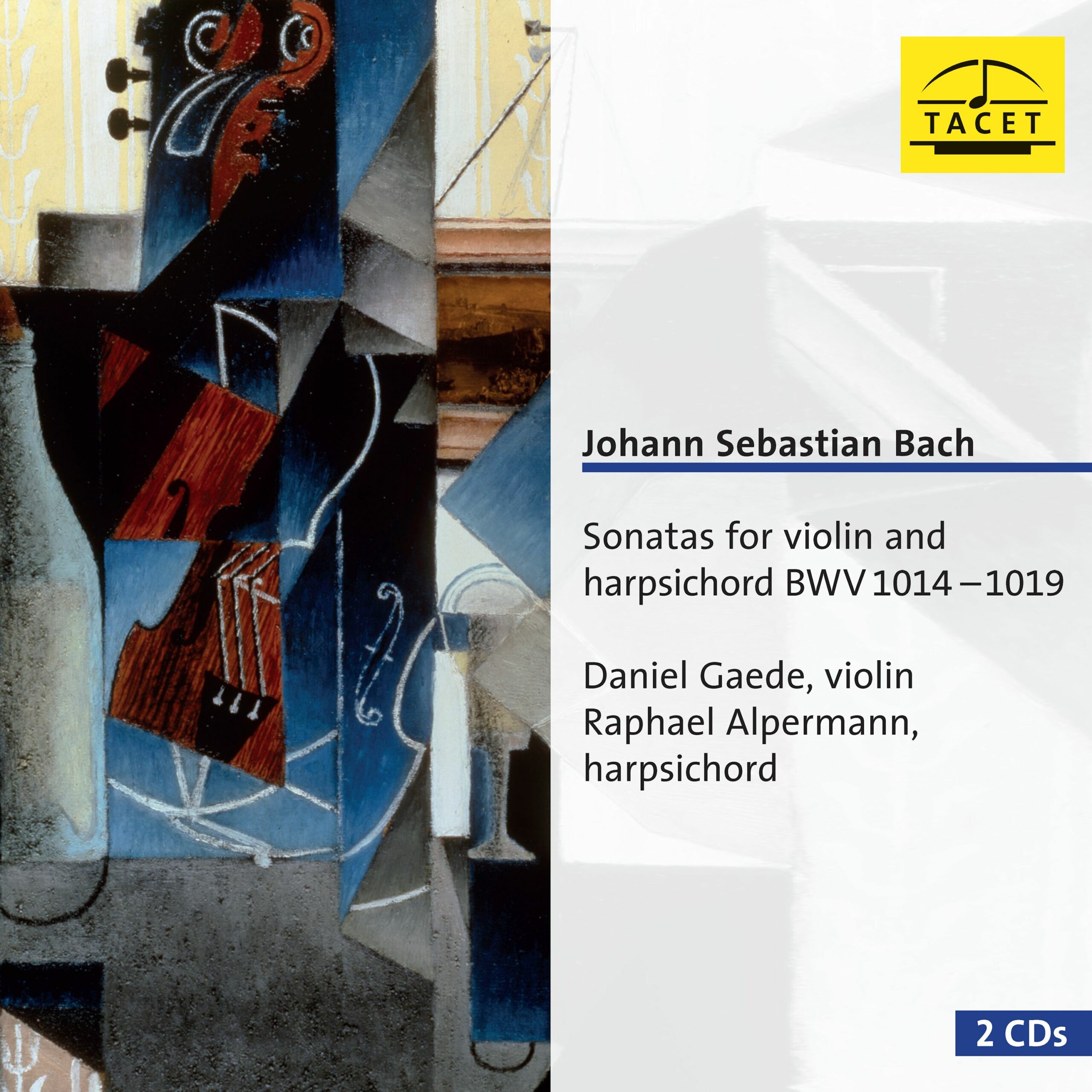
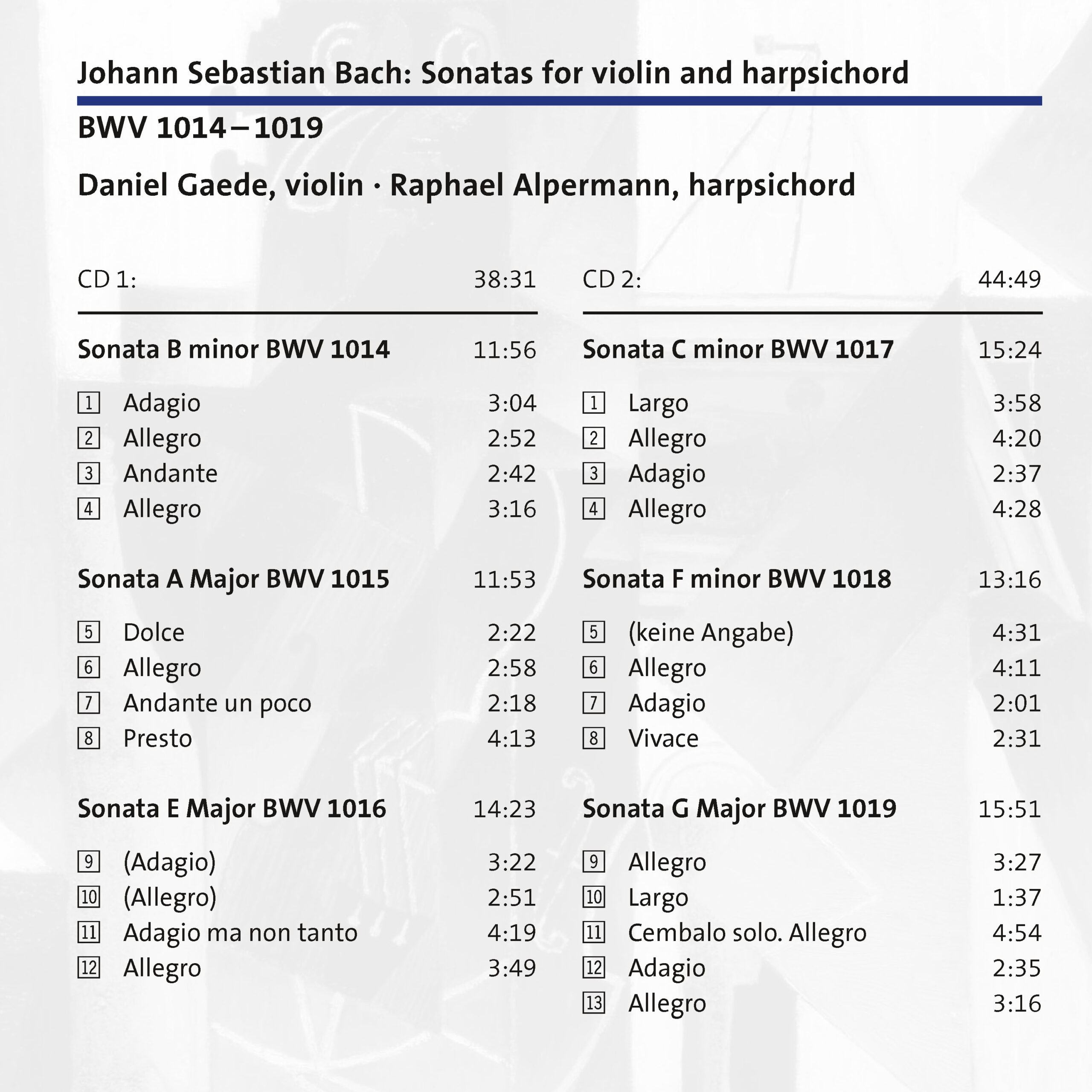



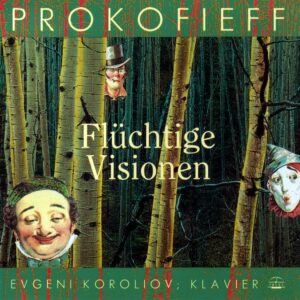
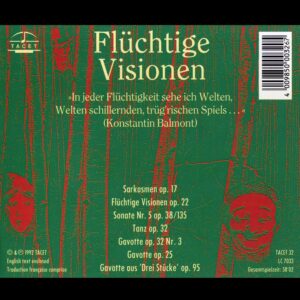
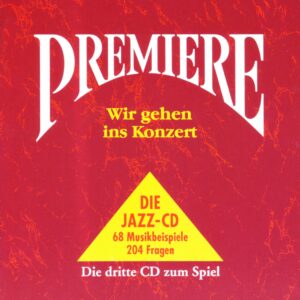
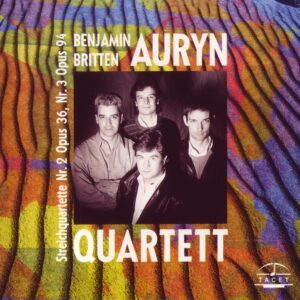
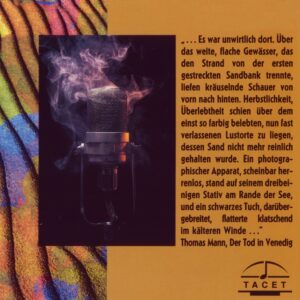
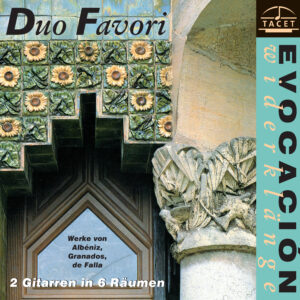
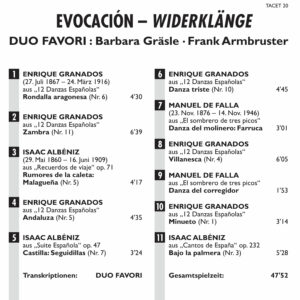
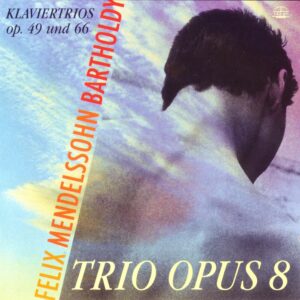
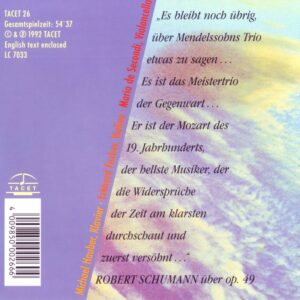
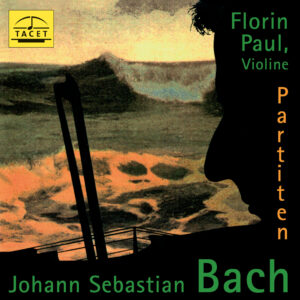
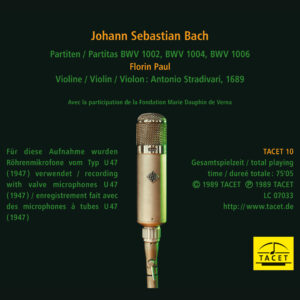
artalinna.com –
–> Critique original
Le Disque du Jour
Un parfum de nostalgie a dû envahir la Jesus-Christus-Kirche de Berlin-Dahlem à l’automne 2018. Qui jouait ainsi les Sonates pour violon et clavecin de Bach ? Wolfgang Schneiderhahn et Helmut Walcha ? Non, Daniel Gaede et Raphael Alpermann. Leur jeu paraît intemporel, ils savent mettre du sentiment (le Largo de la Sonate en ut mineur), et introduire un giocoso spirituel dans les éléments rhétoriques, leur Bach danse et s’émeut, dans une modestie du son qui est une vertu : on est entre soi, on joue l’un pour l’autre, l’idée du concert serait incongrue. Le texte jaillit, les polyphonies irradient, au point que souvent s’enlacent en majesté trois voix sinon trois instruments. Le cahier s’écoute d’une traite, intemporel déjà dans cette lecture comme venue d’un autre temps alors qu’elle a fait son miel des interprétations historiquement informées. L’album rappelle au passage quel grand claveciniste est.
Raphael Alpermann
English Translation
--> original review.
Record of the Day
A whiff of nostalgia must have pervaded Berlin-Dahlem's Jesus-Christus-Kirche in autumn 2018. Who was playing Bach's Sonatas for Violin and Harpsichord? Wolfgang Schneiderhahn and Helmut Walcha? No, Daniel Gaede and Raphael Alpermann. Their playing seems timeless, they know how to add feeling (the Largo of the Sonata in C minor), and introduce a spiritual giocoso into the rhetorical elements, their Bach dances and moves, in a modesty of sound that is a virtue: we are among ourselves, we play for each other, the idea of a concert would be incongruous. The text gushes forth, the polyphony radiates, to the point where often three voices, if not three instruments, are entwined in majesty. The work can be listened to in one go, already timeless in this reading that seems to have come from another time, even though it has made the most of historically informed interpretations. The album is a reminder of what a great harpsichordist he is.
Raphael Alpermann
hören & fühlen –
–> zur Rezension
audio –
The copy of the original score by Bach's son-in-law Johann Christoph Altnikol was called "Six Trios for Clavier and the Violin" - an indication that Bach composed the keys as equal partners to the violin. If there is any criticism to be made of this outstanding recording, it is that the full and beautiful-sounding harpsichord (including the lute-train Adagio BWV 1018) with the confidently shaping Raphael Alpermann seems a bit too quiet and is not introduced in the accompanying text. Daniel Gaede fiddles historically informed, with little vibrato and as contrasting as expressive. He presents the sometimes joyful, sometimes dance-like, sometimes melancholy, sometimes dreamy, sometimes yearning movements in their diversity. The musical interlocking of the voices in linear counterpoint succeeds excellently.
Lothar Brandt
klassik.com –
--> original review
Journal Frankfurt 07/2021 –
One and a half hours of sonatas for violin and harpsichord by Johann Sebastian Bach are something for experienced specialists:inside, who love the complexity of the baroque tonality and its disciplined formal rigor. With tears in their enraptured eyes, they may also admire listening to the legendary sound of the Jesus Christ Church in Berlin-Dahlem, which violinist Daniel Gaede and harpsichordist Raphael Alpermann have chosen for their recording.
cru
Pizzicato –
--> original review
The six sonatas for violin and obbligato harpsichord provide a cycle that feeds on the idea of exploring the manifold possibilities of the type rather than on the inevitability of the order. As such, they are among the finest chamber works from Bach’s pen. This cycle of six works accompanied Bach for a long time, as can be seen, for example, from the surviving versions of the G major sonata with and, so to speak, he also inserted contemporary taste. The largely adhered to structure with four movements offers in the slow movements the possibility to show moods. The fast movements, on the other hand, rely on elements such as contrapuntal mastery. Also noteworthy is the use of the obbligato harpsichord, which gives the player in the right hand an elaborate concertante part.
Daniel Gaede on violin and Raphael Alpermann on harpsichord present these works in a very eloquent manner, which may allude to the fact that Bach himself often played them with his children or friends as house music, which on the other hand also becomes clear in the repeated arrangements and certainly also improvements. Even if the harpsichordist has the leading role, the performance lives from the collaboration of the two musicians. If one compares their playing with that of Reinhard Goebel and Robert Hill, recorded in the mid-eighties of the last century, the completely different expressive approach becomes clear. While Goebel & Hill offer a busy, somewhat mechanical or brittle style, especially in the fast movements, Gaede & Alpermann dare to let the music be music and simply let it sound beautiful. Perhaps someone would like to object that this may well lead to excessive expressiveness. But I do not get this impression, rather the two interpreters succeed fantastically in enlivening the baroque forms with their sensitively portioned expressive possibilities in such a way that they not only offer the listener a pleasure, but also make it possible to experience the quality of the compositions.
Uwe Krusch